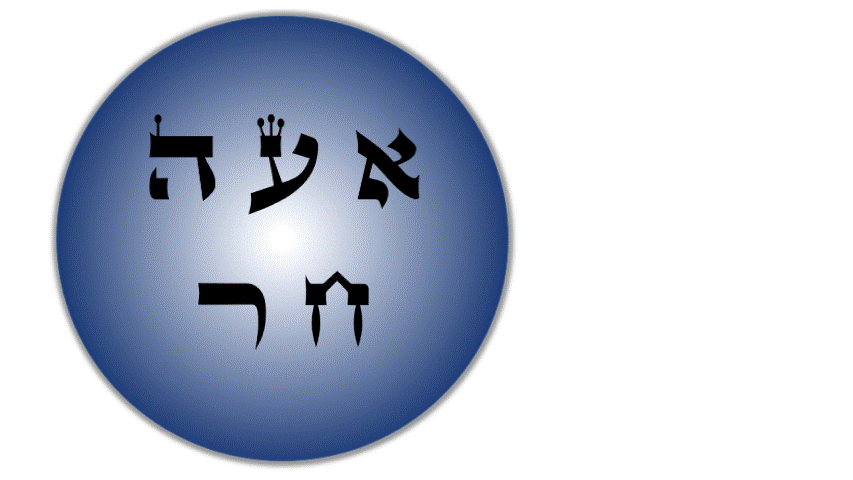2.13 Gutturals and Resh reject Dagesh Forte

Figure 2.9: That’s no moon. That’s a Guttural!
A Hebrew collision like this means something has to give. . . and the gutturals tend to get their way!
- We said in Lesson One that the Gutturals don’t play nice with the other Hebrew Rules, and this rejection of the Dagesh Forte is one of those ways
- It’s like they have a force-field shielding them from other Hebrew grammar rules!
- A large chunk of any Hebrew grammar course involves learning to resolve these guttural entanglements, which often involve changes to surrounding vowels through a process called “Compansatory Lengthening”
So what is הּ?
- In your reading, you may come across a Hei with a dot in it
- This dot is not a Dagesh Forte because we just learned that gutturals never take a Dagesh Forte
- ה is not a BeGaD KePHaT letter, so it CANNOT be a Dagesh Lene either
- This dot is known as a “Mappiq”
- A word-final ה is typically a vowel
- A Mappiq signifies that a word-final ה is a consonant, not a vowel
- We’ll talk more about the Mappiq in Lesson 7